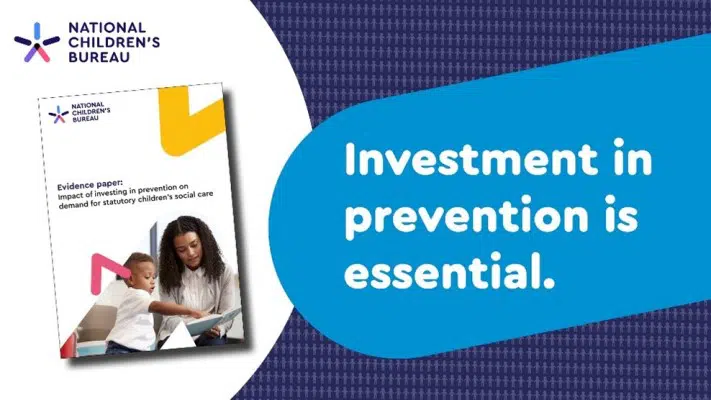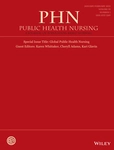Read the latest guest paper “The role of the health visitor: where are we now?” by Alison Morton, iHV CEO, published in this month’s Paediatrics and Child Health Journal. The paper is written in the easy to access style of this popular journal and will be of interest to health practitioners from all backgrounds who work with babies, children and families and share our ambition to improve health and reduce inequalities.
The paper outlines the USP of the profession as the backbone of early years services and a vital safety-net for all families; it ends with our call to policymakers and the next government for investment in health visiting to ensure that all families are supported from preconception and through the ups and downs of their parenting journey during pregnancy and the first five years of their child’s life.
“Since its inception, health visiting has adapted over the years to respond to the greatest public health threats of the day. With many similarities to 2024, in the mid-19th century there were huge public health needs across society, with multiple initiatives set up to try and improve the health of the population. At that time, attention was focused on reducing the high rates of infant mortality driven by malnutrition and communicable diseases spread through poor sanitation and unsafe housing. Of these projects and home visiting initiatives, many failed or went out of fashion – but health visiting stood the test of time.
“Health visiting has been described as the backbone of early years services across the UK and the safety-net around all families. With child health deteriorating, more children falling behind with their development, growing concerns about invisible vulnerable children, widening inequalities and soaring costs of late intervention, there is a clear imperative to act. Health visitors provide an important part of the solution; however, the service is facing significant challenges. When sufficiently resourced, health visitors play a crucial role in ensuring that families get good, joined-up support – preventing, identifying and treating problems before they reach crisis point. The benefits of an effective health visiting service accrue to numerous government departments, contributing to a whole system response to address a multitude of policy priorities for babies, children and families across health, education and social care.”
To find out more about the role of the health visitor, watch our short film “Health visiting in your community”.
Don’t just take our word for it – listen to a wide range of other organisations and individuals speaking up about the importance of health visiting:
Watch the short film on health visiting by Her Royal Highness The Princess of Wales who said, “Families need support, like we’ve seen today, more than ever. And it’s so important that we recognise and celebrate this amazing role that health visitors play up and down the country.” (HRH The Princess of Wales, 2023).
Watch the film here.
Read Why Health Visitors Matter by the First 1001 Days Movement.




